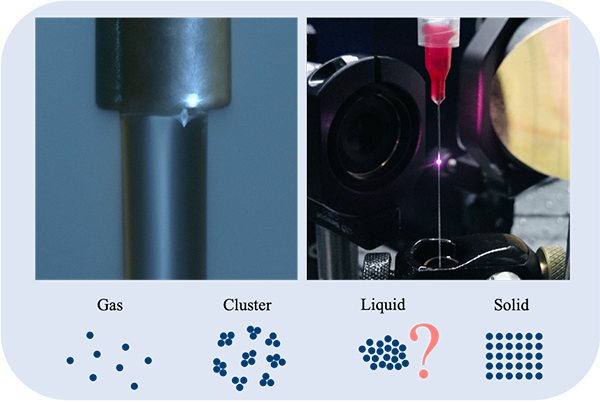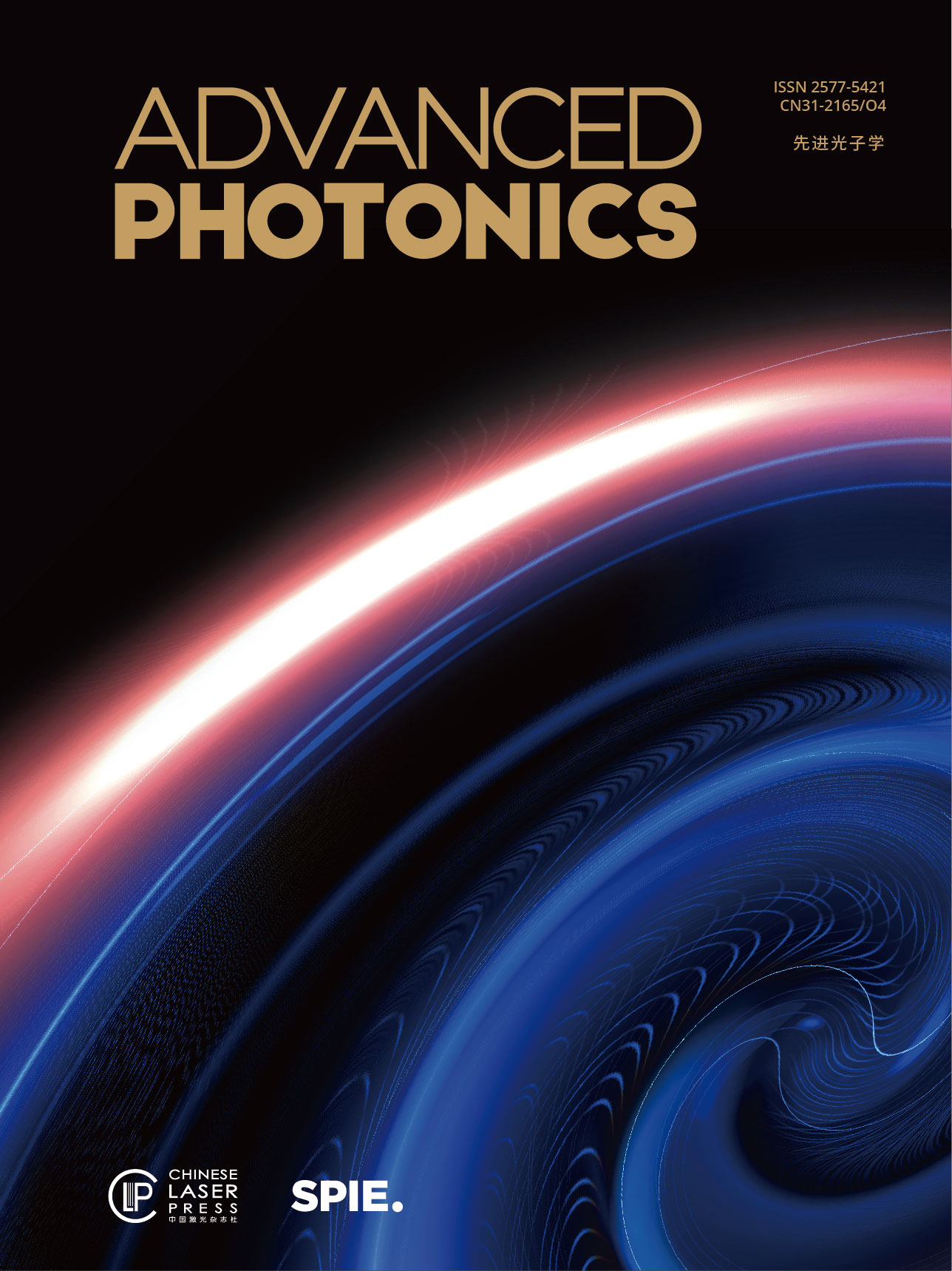Recently, laser-induced ionization in matter, including gas, cluster, liquid, and solid have attracted considerable interest in generating coherent, intense, broadband terahertz (THz) waves through nonlinear processes of laser-matter interaction. When a laser pulse with an intensity above the ionization threshold is focused into the target, photoionization creates electrons and ions, which can be driven by the ponderomotive force or electric fields, generating transient currents. These particles radiate electromagnetic waves covering the spectrum from microwaves to X-rays. Concurrently, radiated waves can be used to characterize target material.
In the THz frequency range, laser-induced air plasma becomes one of the most popular THz sources in the research laboratories. It can generate THz waves with a field strength over MV/cm level by two-color optical excitation. Recently, THz wave generation from ionized liquids, especially from liquid water, were also successfully demonstrated. Compared with a bulk liquid target, using a flowing liquid line shows its advantages, which provides a fresh area for each excitation pulse. Thus, the chaos caused by the previous pulse will not influence the next one.
In contrast to THz wave generation from air plasma, there are some distinct observations in THz wave generation from ionized liquids. The most important one is the preference of the excitation with a subpicosecond pulse, which means the photoionization process in liquids are different from that in gases. For a gas, the shortest pulse always generates strongest THz field. However, in liquids, longer pulse duration offers stronger THz emission.
Researchers from University of Rochester explain this preference in detail by discussing the ionization process in gas and liquid, respectively. Research results are published on Advanced Photonics, Vol. 2, Issue 2, 2020 (Qi Jin, Yiwen E, Shenghan Gao, Xi-Cheng Zhang. Preference of subpicosecond laser pulses for terahertz wave generation from liquids[J]. Advanced Photonics, 2020, 2(1): 015001).
By calculating the electron density, they find that the longer pulse duration generates more electrons in liquid. This is caused by the collision of electrons, which plays an important role in the ionization process. Herein, cascade ionization in the ionized liquid leads to an exponential increase in the number of electrons. For the gas case, however, the lifetime of electrons is always longer than the pulse duration, so the collision effect is always not considered.

Preference of subpicosecond laser pulses for terahertz wave generation from liquids
THz generation from ionized liquids is a new topic. This work not only unveils the influence of laser pulse duration on laser-induced ionization in radiating THz wave, but also contributes insight into the development of intense liquid THz sources.


